Rett Syndrome Growth Chart
Rett syndrome growth chart. Growth failure and outcome in Rett syndrome. Using data on over 700 affected patients in the Natural History Study of Rett Syndrome these references are an accurate representation of growth. Growth charts for classic and atypical RTT were created from 9749 observations of 816 female participants.
Growth failure is a prominent feature in Rett syndrome RTT. The guidelines provide a summary of accepted best practice to help families carers and other professionals. Patients with Rett syndrome should be seen for regular wellness checkups screenings and immunizations especially flu vaccinations.
Due to abnormal development of conduction fibers in the heart children with Rett syndrome are at increased risk for sinus tachycardia or prolonged QTc interval as well as sudden death. However no RTT-specific growth charts exist. Tarquino is also sifting the data to construct Rett syndrome-specific growth charts so that families will know where their daughters fit in relationship to the syndrome as a whole With additional help from parent advocacy organizations and the National Organization for Rare Diseases Percy hopes that one day a treatment will be devised that.
Growth charts for classic and atypical Rett Syndrome were derived from 9749 observations of 816 girls. October 2019 - Added charts for arm circumference subscapular skinfold and triceps skinfold. Recommendations for measuring height.
Developmental regression reduced hand use and language typically stops. April 2019 - Fetal growth standards from WHO Intergrowth-21 and NICHD are added for professional accounts. Mean BMI was similar in those with RTT and the normative population.
Growth chart patterns may reflect problems with nutrition andor digestion. Furthermore the body mass index was significantly decreased when compared to RTT-specific growth chart p 001. Many patients also experience seizures.
Many comorbid disorders have an impact on growth in RTT such as oropharyngeal and gastrointestinal dysfunction scoliosis seizures and osteopenia. At first the development of the child seems normal and it follows healthy patterns including in growth.
Mean growth in classic RTT decreased below that for the normative population at 1 month for head circumference 6 months for weight and 17 months for length.
April 2019 - Fetal growth standards from WHO Intergrowth-21 and NICHD are added for professional accounts. Higher degree of overall disease severity odd ratio 1159. The disease causes symptoms such as motor problems growth defects and cognitive disability. The growth charts should be available for clinic use in 2009. Mean growth in classic RTT decreased below that for the normative population at 1 month for head circumference 6 months for weight and 17 months for length. Growth charts for classic and atypical Rett Syndrome were derived from 9749 observations of 816 girls. Slowing of head growth weight gain and height gains. Rett syndrome is a neurodevelopmental disorder that affects girls almost exclusively. For girls Rett Syndrome is one of the scarier neurodevelopmental disorders that can occur.
Anthropometric measurements should be monitored routinely every six months or more often if the medical condi- tion dictates. Use a stadiometer if the girl or woman with Rett syndrome is able to stand straight. Growth charts for classic and atypical Rett Syndrome were derived from 9749 observations of 816 girls. Higher degree of overall disease severity odd ratio 1159. Many patients also experience seizures. Using data on over 700 affected patients in the Natural History Study of Rett Syndrome these references are an accurate representation of growth. 95 CI 1037 3921.













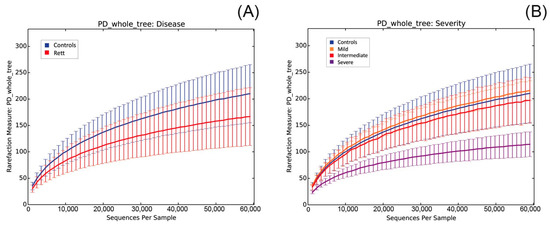





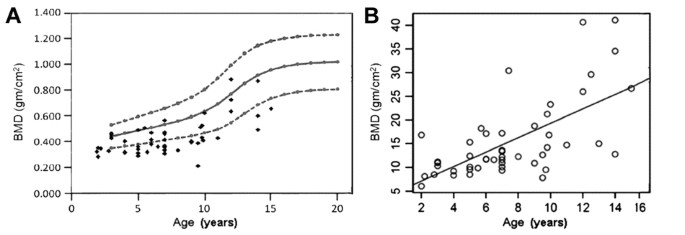





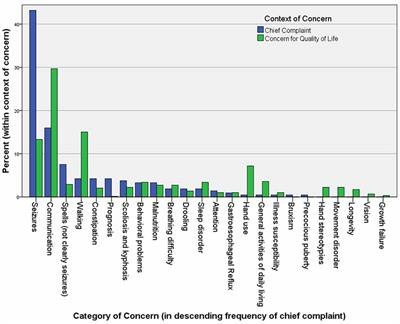







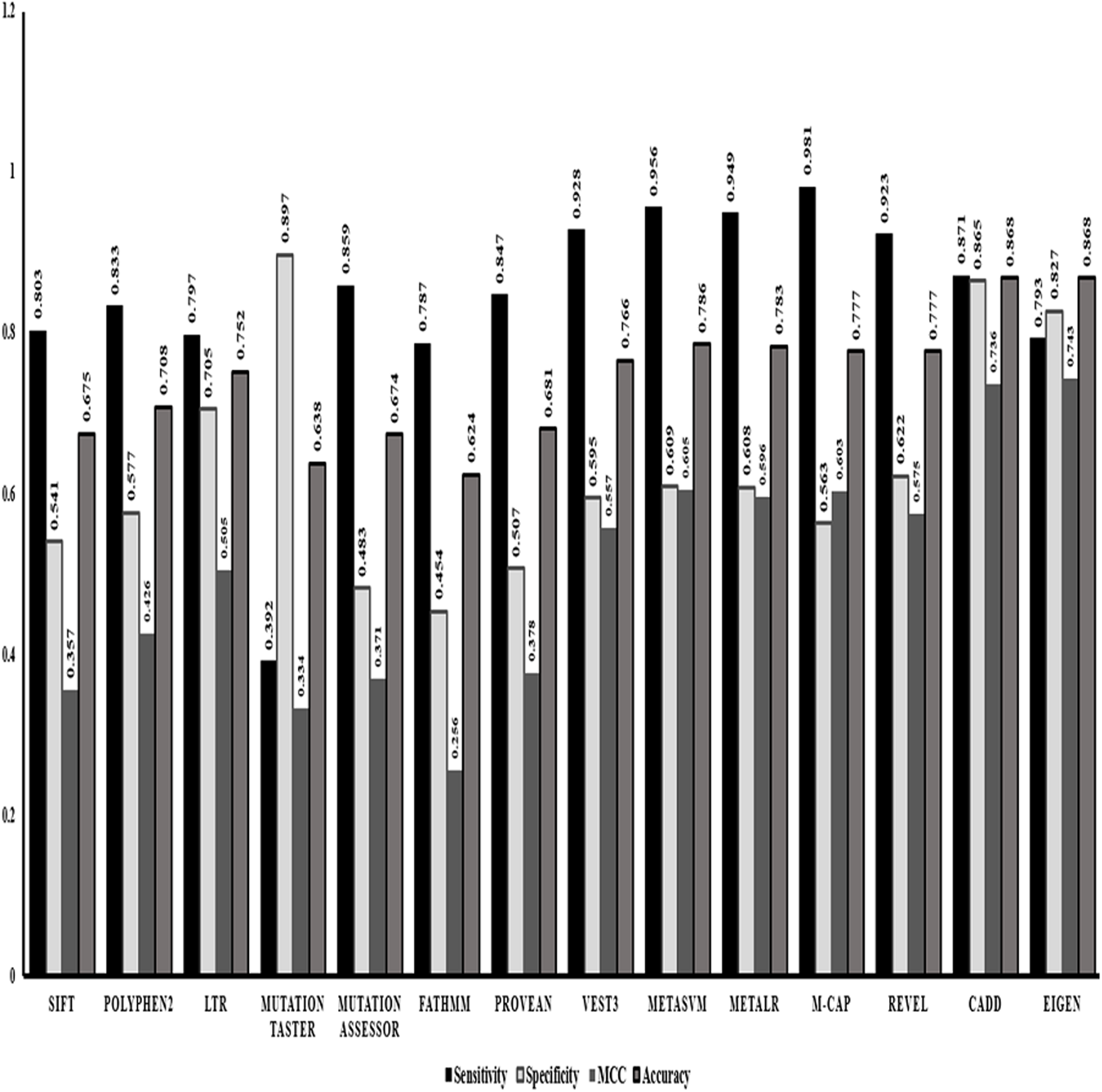

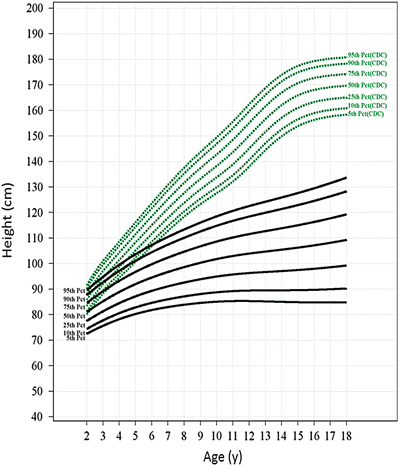




Post a Comment for "Rett Syndrome Growth Chart"